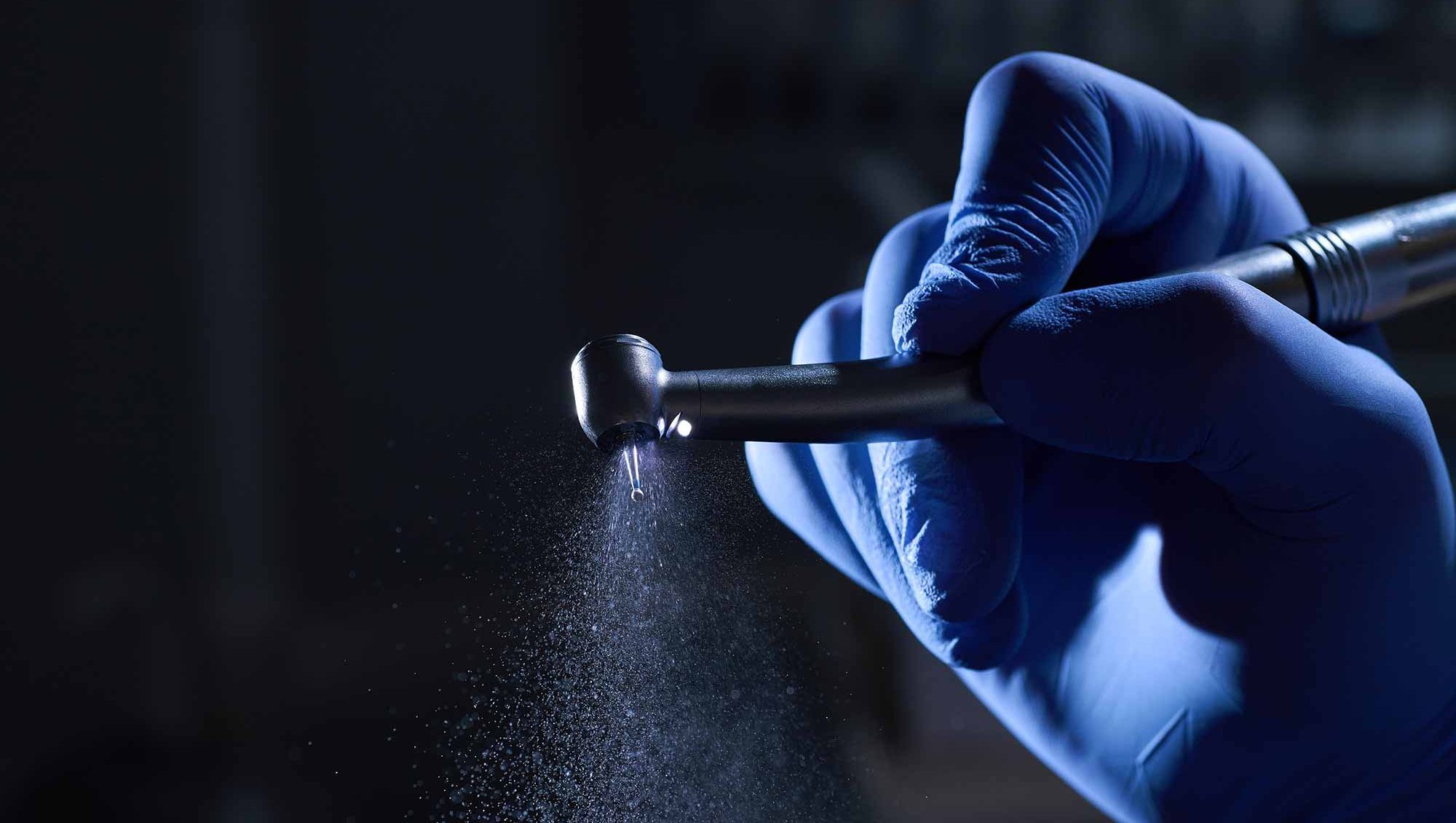 Dr Neel Barchha talks to Dentistry Online about drones, technology and where he sees dentistry heading in the future.
Dr Neel Barchha talks to Dentistry Online about drones, technology and where he sees dentistry heading in the future.
I recently upset the drone community when I posted a video online showing some drone delivery testing during the coronavirus crisis. Despite the craziness of all that, it got me thinking of a line from one of my favourite movies Armageddon.
In it, the president of the United States gives a speech to the world: ‘All of the modern technologies and even the wars that we have fought have provided us the tools to wage this terrible battle….’.
Similar to wartime, in times like these we are forced to adapt to a radical new reality that forces innovation. Wartime led to the invention of radar, which led to microwaves. Even the internet was inadvertently created in the 60s as a military project.
Whether it be my drone delivery testing or the rise of teledentistry, there’s been some real progression. Who would have thought only a few months ago that my reception team could work from home, their phones all ringing simultaneously when a call comes in with uninterrupted, encrypted access to our computer systems?
It really does make you think. You could feasibly banish all the phones from reception and pay people to work from home.
Leaps and bounds
Teledentistry has come of age too. We’ve had Whatsapp integrated into our website and using Facebook’s new portal devices, I’ve had chats with potential clients from my office.
Zoom, Google Hangouts and Microsoft team meetings have revolutionised the way we meet. Who had even heard of Zoom before all this kicked off? Webinars have become the norm. Who wants to spend an entire weekend away when you can learn in the comfort of your own home?
So what is coming next? Digital dentistry is really growing in leaps and bounds at the moment, and scanners are becoming ever more affordable. I saw an advert for a private dental service where they send you an intra-oral camera to connect to your phone and you could have your check-ups done remotely.
Apple are now planning to put 3D scanning technology into their new phones. Their watches can detect medical abnormalities.
How long before my Nokia Health Mate bathroom scales send a message to HelloFresh to reduce my calorific intake in my next food delivery? How long before our toothbrushes can detect blood products and schedule hygiene appointments automatically over Google Assistant? Could it send off an order for chlorhexidine, which could be drone delivered to your house from a local supplier within minutes?
It may sound wacky, but that technology is already available – it just takes someone to put the pieces together.
Bionic surgeon
The first autonomous dental implant placing robot performed its first surgery on a live patient in 2017. Don’t get me wrong, we’re a while away from photo booth style implant centres. But one only has to look at the way change in technology has accelerated in the last few months to see where it’s going.
One of the reasons I went into dentistry was all the toys. Most technological innovations happen in the private sector first. I mean really, when you think about what we do, even the simplest of amalgams is replacing diseased human tissue with a man made material to replace function. Don’t even get me started on 3D scanning and chairside milling.
You’re not just a dentist – you’re a bionic surgeon. Maybe we should put that on our cards.
Dr Neel Barchha is a father of two, musician, author, lecturer and principal dentist at Willows Dental and Implant Centre.


